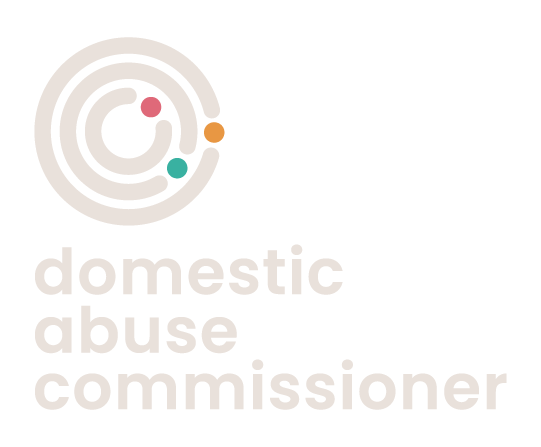Since the introduction of the Domestic Abuse Act 2021, children have been recognised as victims of domestic abuse in their own right, even when abuse isn’t directed at them. This is a significant step forward that was wholeheartedly supported by the Domestic Abuse Commissioner, but more work now is needed to understand what these changes look like in practice and which interventions work best for child victims.
At the end of September 2023, members of the Domestic Abuse Commissioner’s team visited Highland Council in Scotland, to understand how they are working to protect child and adult victims of domestic abuse.
Highland Council are recipients of the Delivering Equally Safe Fund, made available by the Scottish Government to support local authority areas to rollout and implement the Safe and Together Model. Safe and Together uses effective training tools to enable all agencies involved in child safeguarding to recognise the role of the non-abusive parent and hold the perpetrator to account.
We met a whole host of people involved in the partnership, including the Highland Violence Against Women Partnership and the Highland Child Protection Committee, who have jointly invested in and are jointly responsible for the strategic oversight of the programme. Their work includes ensuring frontline practitioners have up to date training, are confident in identifying VAWG, that effective interventions and planning processes are in place and that abuse is responded to early.
Although child safeguarding and domestic abuse operate in a different legislative framework to England and Wales, Highland Council provides an example of effective partnership working to safeguard and provide long term support to child victims of domestic abuse.
The Commissioner’s team also met with the Steering Group, which is responsible for the operational function of the Programme and represented by key agencies including criminal justice services, adult social care, children’s social care, Women’s Aid, Mental Health Services, Police Scotland and Army Welfare Services.
The final session was an opportunity to hear from frontline practitioners who had recently completed the training and were using the tools provided and principles in their practice.
One practitioner explained that he had been a children’s social worker for decades and thought that he seen almost everything there was to know about his role. The training gave him an opportunity to consider different approaches, and he reflected that as a result, his practice has improved: by supporting and recognising the trauma that the non-abusive parent had experienced and holding the perpetrator to account for their actions. He said the training enables newly qualified social workers to develop the confidence to have difficult conversations with perpetrators.
Across the visit, it was clear that each agency shared the same objectives: to safeguard the child and non-abusive parent, underpinned by a common language that is trauma informed and a commitment to genuine partnership working to achieve the best outcomes.
Underpinning this is key legislation and frameworks rolled out by the Scottish Government to make child safeguarding everybody’s business and improve practice to effectively safeguard children. One of these is ‘The Promise’, a commitment pledged by Scottish Government that all care experienced children and young people will grow up loved, safe and respected. Another longstanding approach within Scotland is ‘GIRFEC’ (Getting it Right for Every Child), which aims to improve outcomes and the wellbeing of children and young people by offering the right help at the right time from the right people.
These frameworks bring a clear shared understanding of how children and young people are affected by domestic abuse, and agencies were clear about their role in prevention and intervention for both the child and non-abusive parent. The key agencies which formed part of the multi-agency response in Highland included the police, specialist domestic abuse services, adult social care, children’s social care, education, health and mental health services, justice social work (Scottish probation) and army welfare services.
Services are encouraged to consider the needs of the child, and it is a key practice principle that the non-abusive parent is not victimised for failing to keep the child safe, but instead perpetrators are held to account for their actions. Similarly, it was clear that delivering services for children and young people was a national and local priority
Visits to see interventions like these are vital in ensuring the Domestic Abuse Commissioner can uplift examples of good practice working. The positive outcomes we saw in the Highlands will sharpen our focus as the Commissioner works to deliver her vision of a world where children and young people subject to domestic abuse get the support and protection they need.

